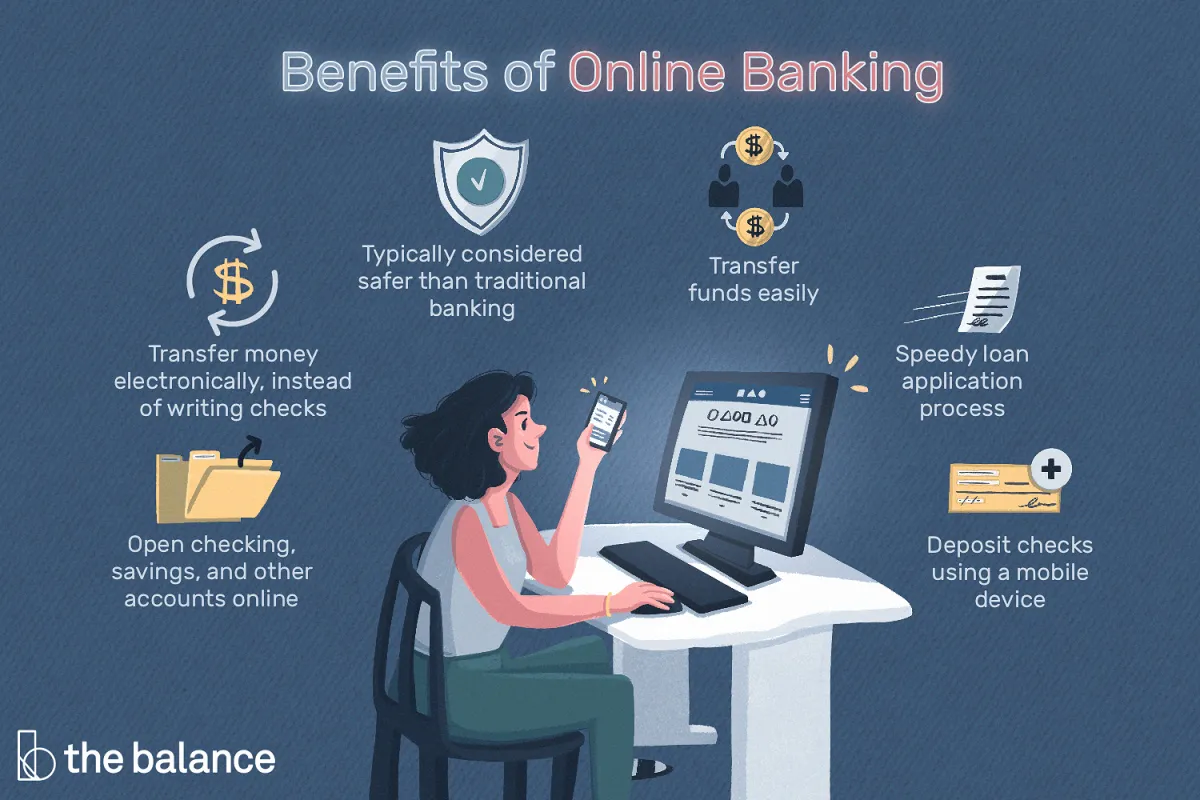Discover the convenience and advantages of online banking in our comprehensive guide to Understanding the Benefits of Online Banking. Learn how digital banking services streamline financial transactions and enhance your banking experience.
Convenience of Online Banking
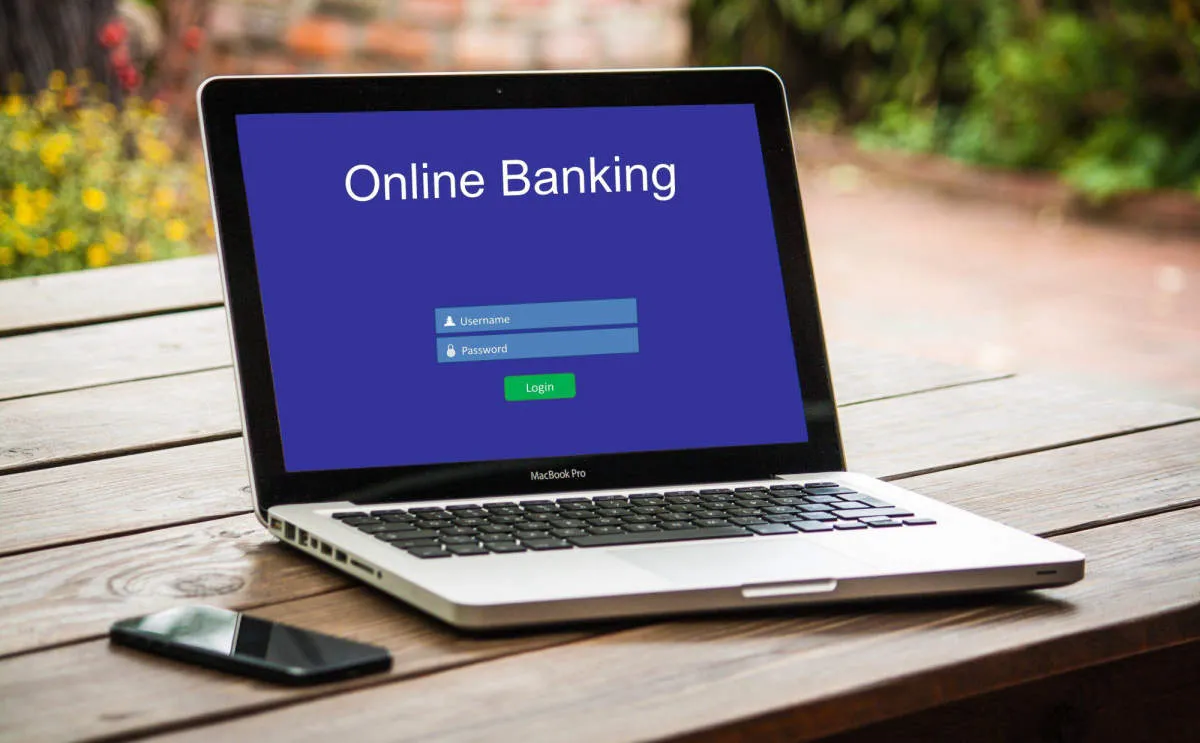
One of the most significant advantages of online banking is its unparalleled convenience. It allows you to manage your finances anytime, anywhere, with just a few clicks.
Gone are the days of strict banking hours and physical branch visits. With online banking, you can:
- Check your account balances 24/7.
- View recent transactions and statements at your convenience.
- Transfer funds between accounts with ease.
- Pay bills electronically without writing checks.
- Set up account alerts and notifications.
This level of accessibility and flexibility means you’re no longer restricted by traditional banking limitations. Whether you’re at home, at work, or traveling, you have complete control over your finances.
Understanding Online Banking Features
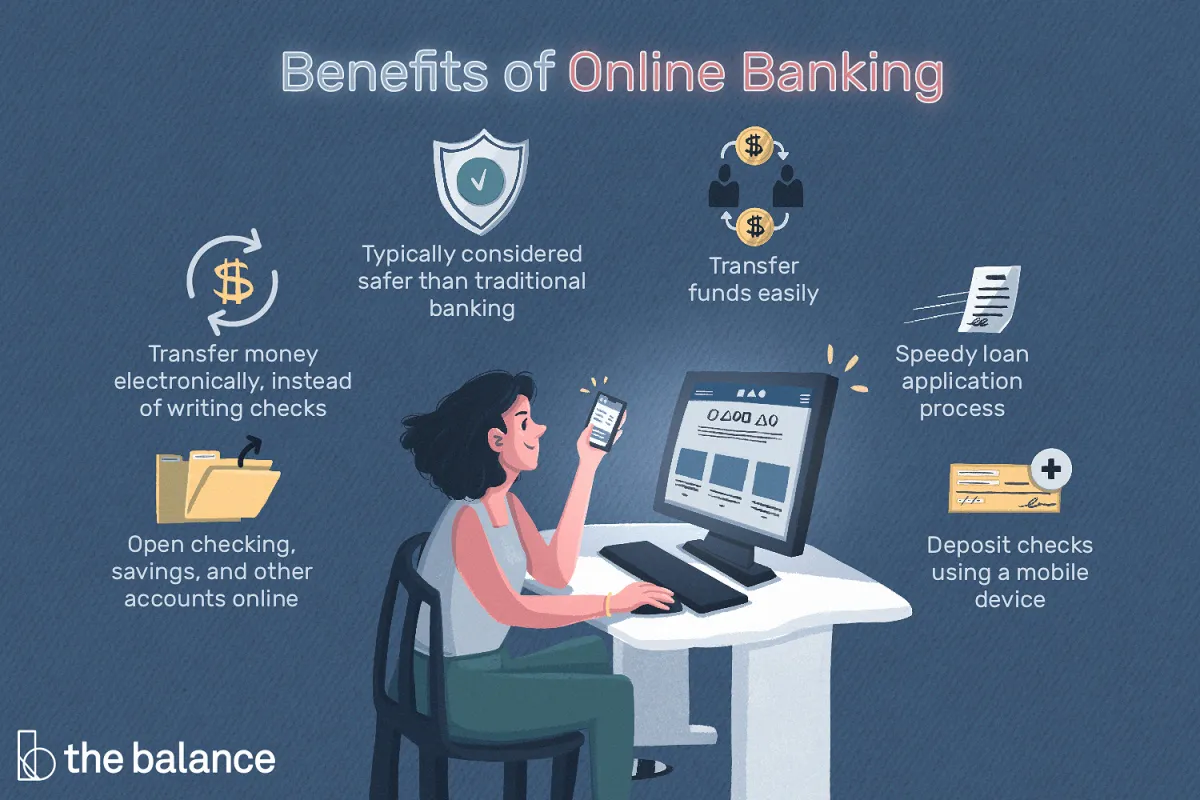
Online banking platforms are packed with features designed to simplify your financial life. While the specifics may vary between institutions, here are some of the most common and useful features you’ll encounter:
Account Management
- Balance Inquiry: Check your account balances in real-time, 24/7.
- Transaction History: View past transactions, often searchable by date, amount, or payee.
- Statements: Access electronic copies of your monthly statements for easy record-keeping.
Money Transfers
- Internal Transfers: Move money between your own accounts at the same institution instantly.
- External Transfers: Send money to accounts at other banks, though processing times may vary.
- Bill Pay: Schedule one-time or recurring payments to payees, eliminating the need for paper checks.
Additional Services
- Mobile Check Deposit: Deposit checks using your smartphone’s camera, saving you a trip to the bank.
- Alerts and Notifications: Set up alerts for low balances, deposits, or suspicious activity.
- Customer Support: Access FAQs, secure messaging, or even live chat with customer service representatives.
Using Mobile Banking
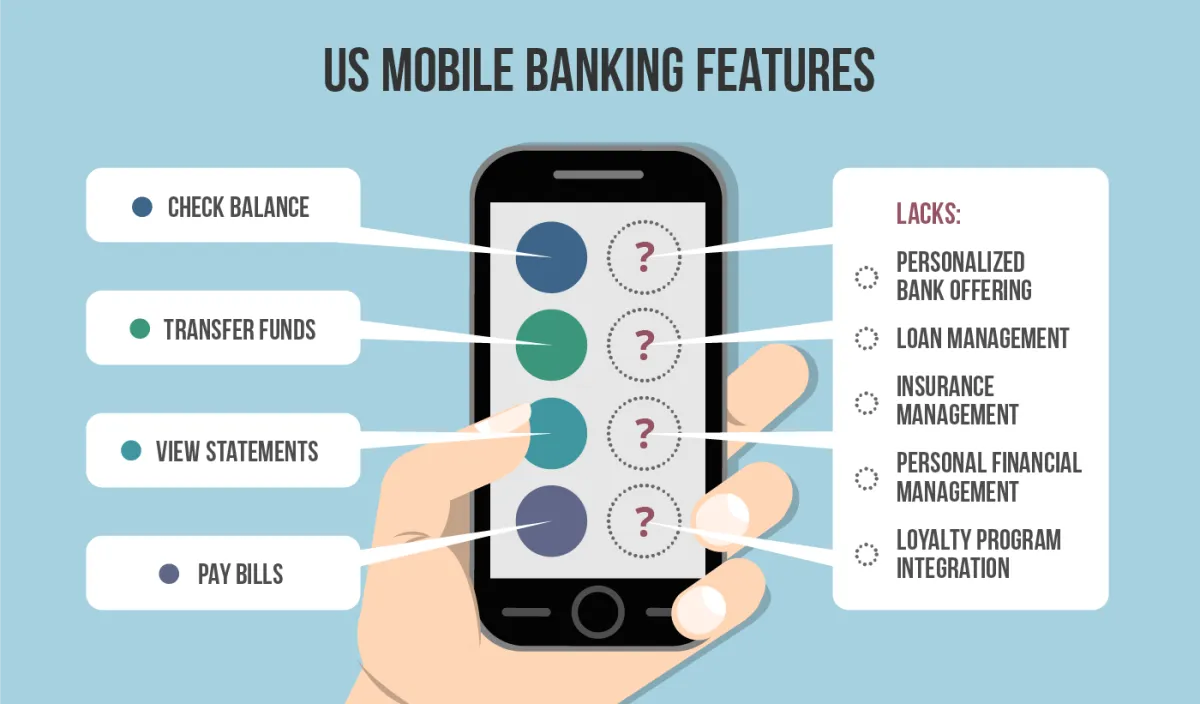
Mobile banking takes the convenience of online banking to the next level. With mobile banking apps, you can manage your finances from virtually anywhere, at any time.
Here are some common tasks you can perform with mobile banking:
- Check account balances and transaction history
- Transfer funds between accounts
- Pay bills and set up recurring payments
- Deposit checks remotely using your phone’s camera
- Send and receive money using services like Zelle or Venmo (if offered by your bank)
- Locate ATMs and bank branches
- Set up account alerts and notifications
Mobile banking provides a seamless and on-the-go banking experience, allowing you to stay connected to your finances no matter where you are.
Managing Your Accounts Online
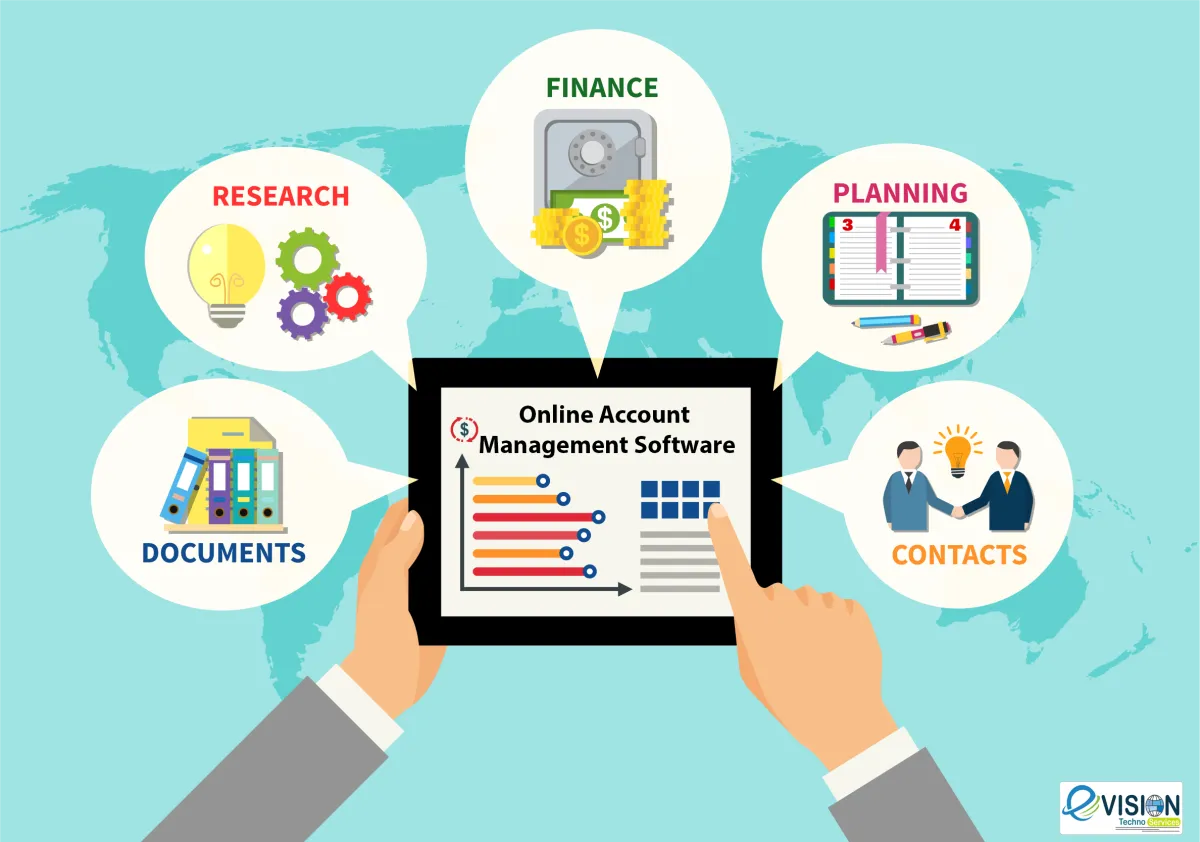
One of the most significant advantages of online banking is the ability to manage your accounts with ease. With just a few clicks, you can perform a wide range of tasks that previously required a trip to the bank or ATM.
Account Monitoring: Online banking provides 24/7 access to your account balances, transaction history, and statements. This real-time view allows you to stay on top of your finances, track your spending habits, and identify any suspicious activity promptly.
Bill Payments Made Easy: Say goodbye to paper bills and postage stamps. Online banking platforms typically offer bill pay services, enabling you to set up one-time or recurring payments to multiple payees. You can schedule payments in advance, ensuring you never miss a due date.
Fund Transfers: Transferring funds between your accounts or to other individuals is seamless with online banking. You can quickly move money between your checking and savings accounts or send money to friends and family using services like Zelle or Popmoney, often available directly through your bank’s platform.
Paying Bills Online
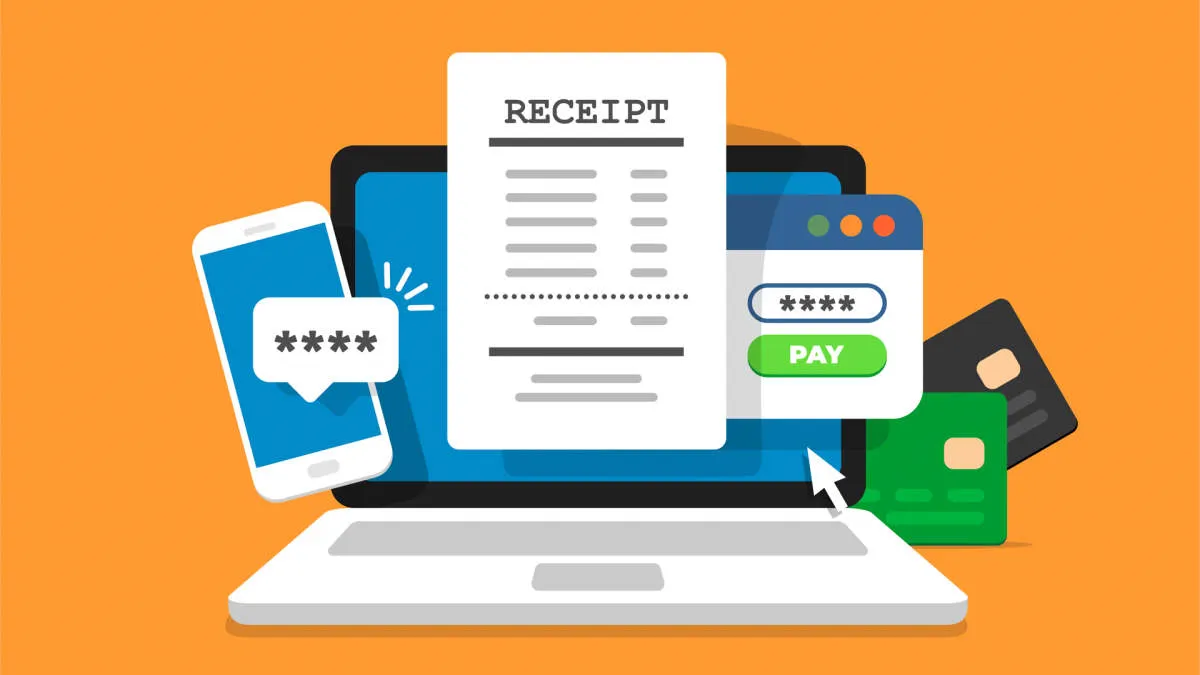
One of the most significant advantages of online banking is the ability to pay bills online. This feature eliminates the need for paper bills, stamps, and trips to the mailbox, offering a convenient and efficient way to manage your finances.
With online bill pay, you can:
- Set up one-time or recurring payments: Schedule payments in advance for both single and recurring expenses, ensuring you never miss a due date.
- View payment history: Easily track past payments, making it simpler to manage your budget and identify any discrepancies.
- Receive payment reminders: Opt-in for email or text message reminders to stay informed about upcoming bills and avoid late fees.
Online bill pay simplifies the bill paying process, saving you time and reducing the risk of late payments.
Transferring Money Online

One of the most significant advantages of online banking is the ability to transfer money quickly and easily. Forget about writing checks, visiting physical branches, or waiting in line. With online banking, you can send money to anyone, anywhere, anytime, with just a few clicks.
Most banks offer various online money transfer options, including:
- Transfers between your own accounts: Move money between your checking and savings accounts instantly and for free.
- Transfers to other people: Send money to friends, family, or anyone else with a bank account, often with options for instant transfers or scheduled payments.
- Bill Pay: Schedule and pay bills directly from your online banking account, eliminating the need for paper bills and postage.
- Mobile payments and P2P apps: Many banks integrate with popular mobile payment platforms and peer-to-peer (P2P) apps, allowing for convenient money transfers using your smartphone.
Online money transfers offer unmatched convenience and flexibility. They save you time and often come with lower fees than traditional banking methods.
Understanding Online Banking Security
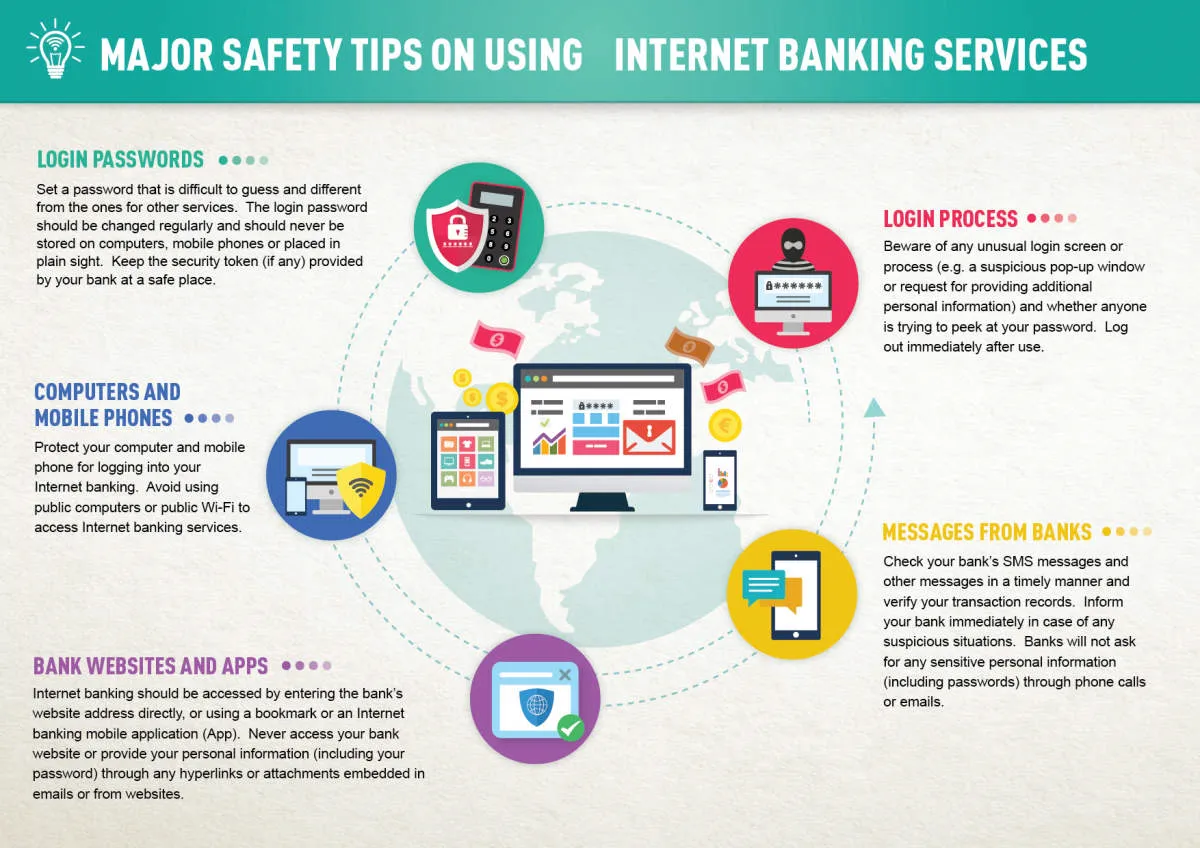
While online banking offers unparalleled convenience, it’s natural to have concerns about security. Fortunately, banks employ robust security measures to protect your financial information and transactions. Here’s a closer look:
Encryption:
Online banking platforms use sophisticated encryption technology to scramble your data, rendering it unreadable to unauthorized individuals. This means that your account information, passwords, and transactions are transformed into a secure code during transmission, safeguarding them from interception.
Multi-Factor Authentication:
Gone are the days of relying solely on passwords. Many banks implement multi-factor authentication, adding an extra layer of security. This typically involves receiving a unique code via text message or email, which you need to enter in addition to your password. This ensures that even if your password is compromised, your account remains protected.
Monitoring and Fraud Detection:
Banks employ sophisticated systems that constantly monitor accounts for suspicious activity. These systems can detect unusual transactions, such as large withdrawals or transactions from unfamiliar locations. If any suspicious activity is detected, the bank may contact you to verify the transaction or take immediate action to protect your account.
Strong Passwords and Security Tips:
While banks invest heavily in security, it’s crucial to play your part in safeguarding your information. Create strong, unique passwords for your online banking accounts and avoid using the same password for multiple platforms. Additionally, be cautious of phishing emails or websites that may attempt to steal your login credentials.
Using Online Banking Tools
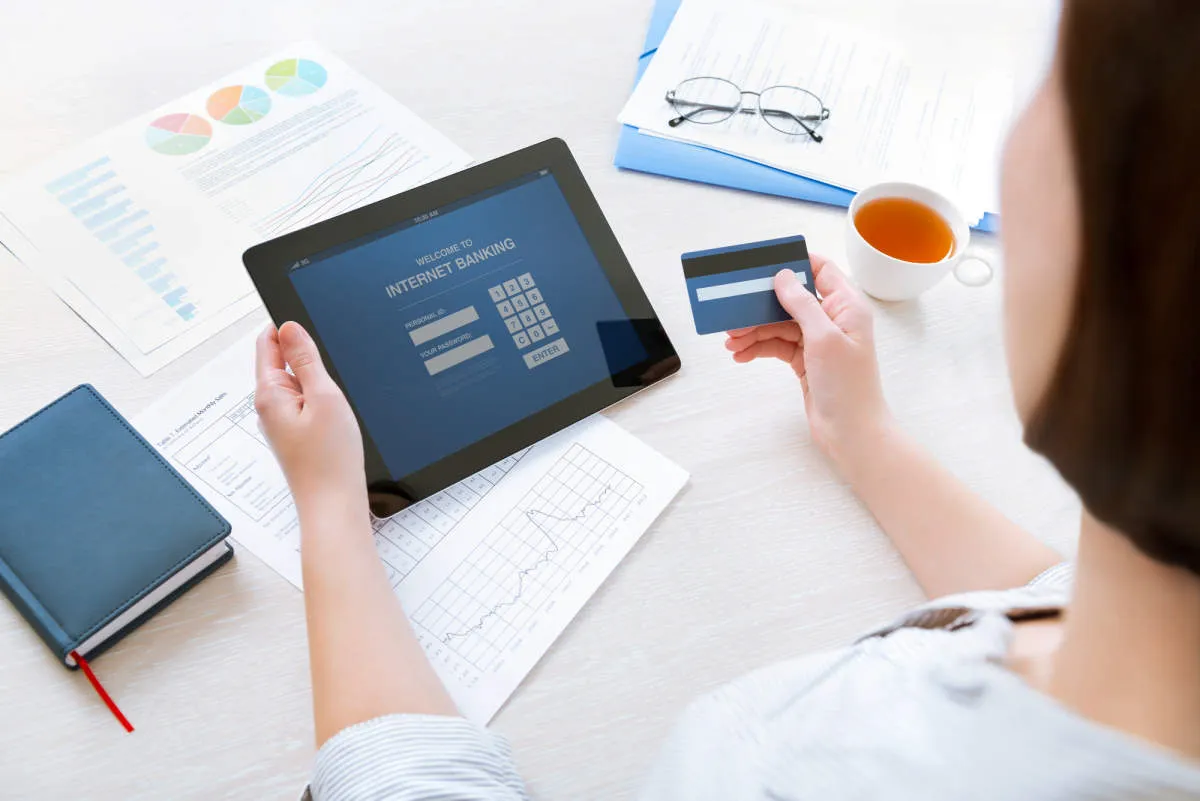
Online banking platforms come equipped with a variety of tools designed to simplify your financial life. Familiarizing yourself with these tools can greatly enhance your online banking experience. Here are some key tools you’ll likely encounter:
Account Management
- Account balance and transaction history: View real-time account balances and search for specific transactions within a date range.
- Statements and documents: Access and download electronic copies of your bank statements, tax forms, and other important documents.
- Account alerts: Set up email or text message alerts for account activity, such as low balances, deposits, and withdrawals.
Money Transfers and Payments
- Bill pay: Schedule one-time or recurring payments to payees with ease.
- Fund transfers: Move money between your own accounts or send money to friends and family with compatible accounts at other institutions.
- Mobile check deposit: Deposit checks remotely using your smartphone or tablet.
Additional Services
- Customer service: Access FAQs, live chat support, or secure messaging to get help with your online banking needs.
- Financial management: Some platforms offer budgeting tools, expense trackers, and financial goal setting features.
- ATM and branch locator: Quickly find the nearest ATMs and bank branches when you need them.
By taking advantage of these online banking tools, you can manage your finances with greater efficiency and convenience.
Monitoring Your Accounts
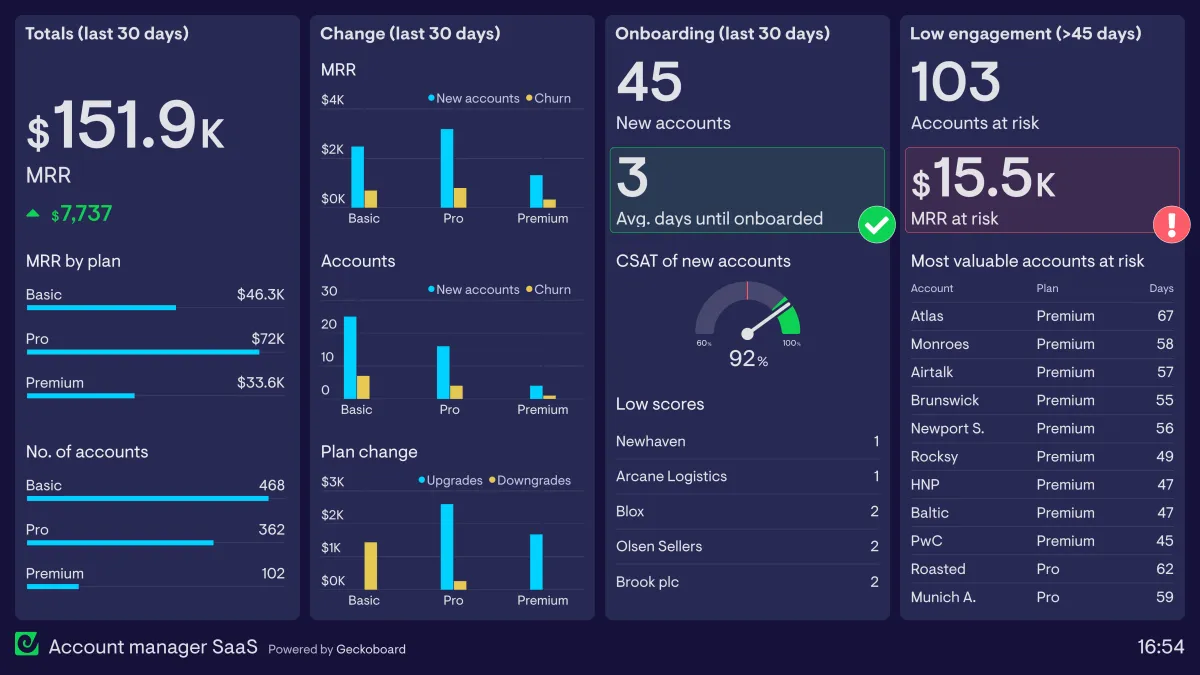
One of the biggest advantages of online banking is the ease with which you can monitor your accounts. With just a few clicks, you can get a real-time view of your balances, track your spending, and even set up alerts for important account activity.
Here are some key benefits of monitoring your accounts online:
- Check Balances Anytime, Anywhere: No more waiting for paper statements or visiting ATMs. You can instantly check your account balances online, 24/7.
- Track Spending Habits: Online banking platforms often provide tools to categorize your transactions, making it easier to see where your money is going and identify areas for potential savings.
- Set Up Account Alerts: Receive notifications about low balances, unusual activity, or when a bill payment is due. This helps you stay on top of your finances and prevents potential problems.
Seeking Help with Online Banking
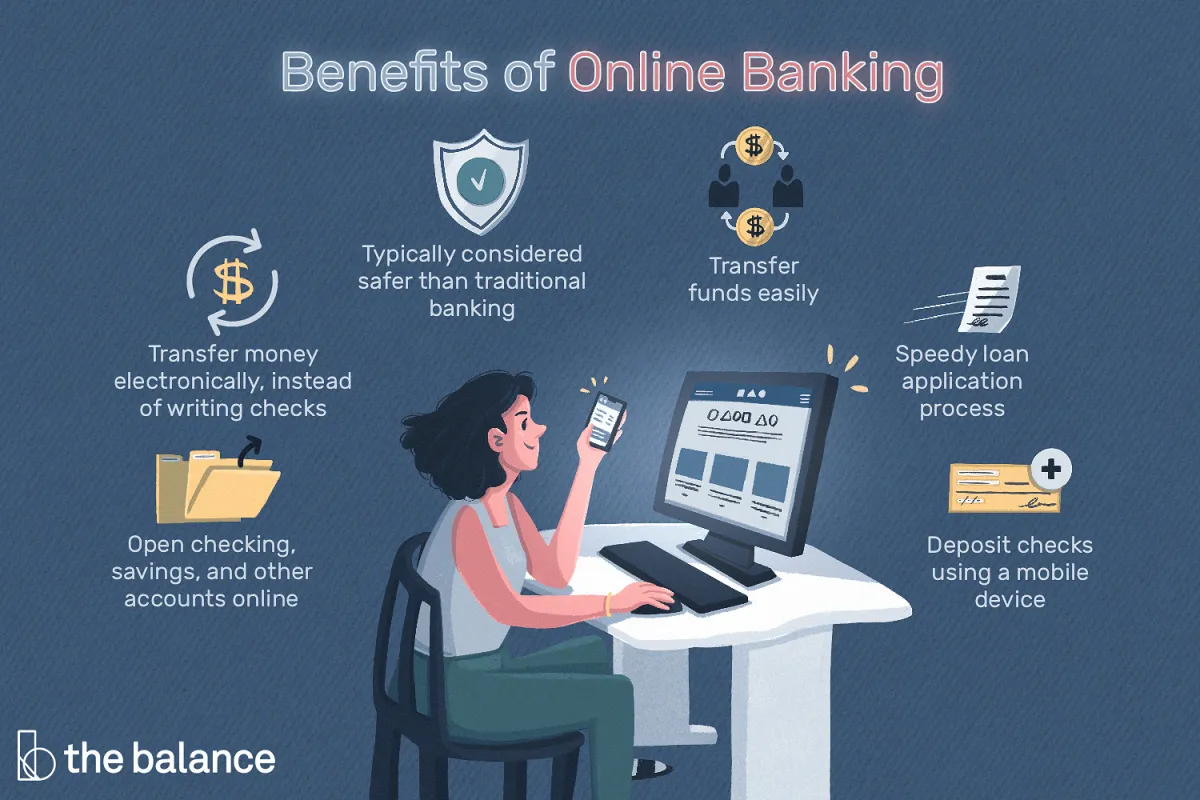
While online banking is designed to be user-friendly, it’s completely normal to need assistance at times. Whether you’re having trouble logging in, navigating a new feature, or understanding a transaction, there are plenty of resources available to help.
Contact Your Bank Directly: Most banks have dedicated customer service lines specifically for online and mobile banking. Look for a phone number on the back of your debit card or on your bank’s website.
Explore FAQs and Help Centers: Many banks offer comprehensive online help centers or FAQ sections on their websites. These resources often provide step-by-step guides, video tutorials, and answers to commonly asked questions.
Live Chat Support: If available, live chat can be a convenient way to get immediate help. Look for a chat window on your bank’s website or within the mobile app.
Visit a Branch: If you prefer face-to-face interaction, you can always visit your local bank branch. A customer service representative can guide you through your online banking questions.
Remember to Keep Security in Mind: When seeking help, never share your full account numbers, passwords, or sensitive personal information over email or unsecured chat platforms.
Conclusion
In conclusion, online banking offers convenience, security, and accessibility, making it a valuable tool for managing finances in today’s digital age.

